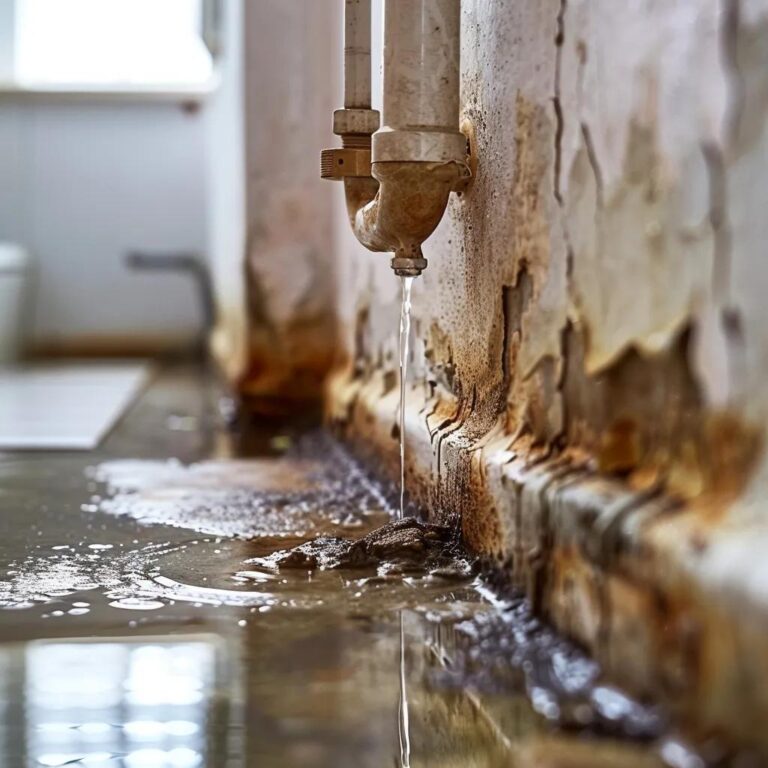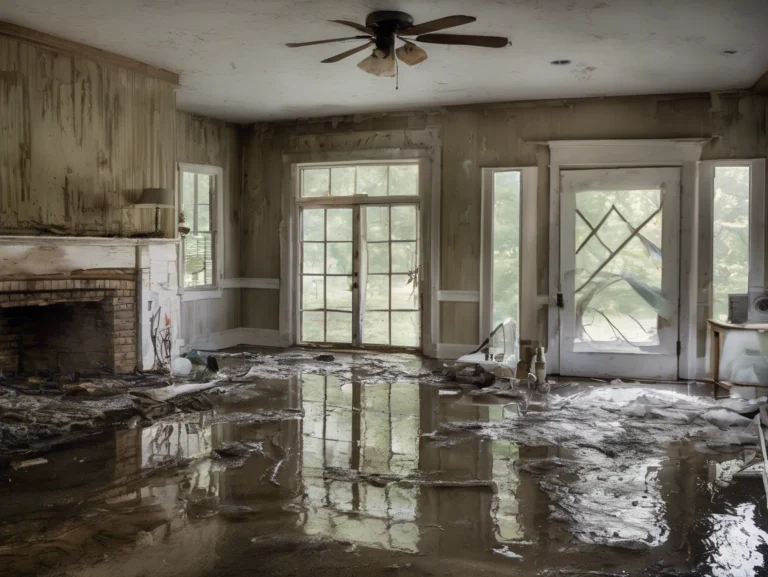The Importance of Cleaning Your Rain Gutters Regularly
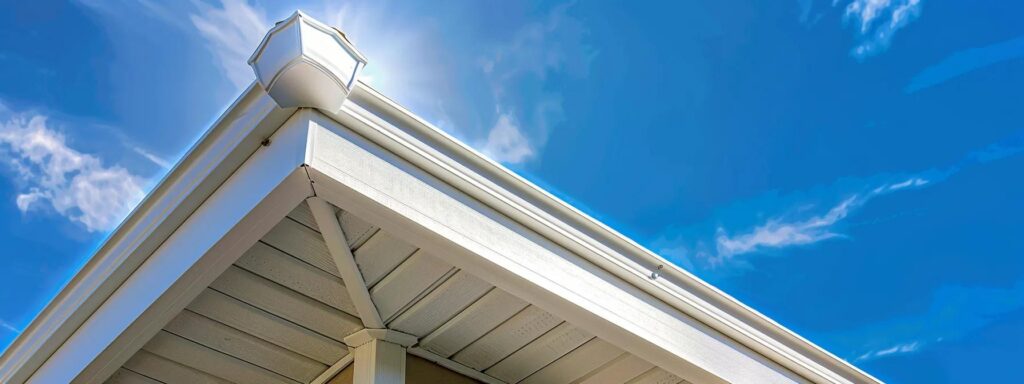
Rain Gutter Cleaning 101: How to Protect Your Home from Water Damage
Clogged gutters can lead to expensive repairs and serious home damage. Learn why regular rain gutter maintenance matters, how to do it right, and when to call in the pros.
Maintaining your rain gutters is one of the best things you can do to protect your home from water damage. When they get clogged with leaves and sediment, water overflows and can damage your roof, siding, foundation, and landscaping. Then you're facing situations where water-damage-restoration becomes necessary. Neglecting your gutters can also lead to basement flooding, water damage emergencies, and pest infestations. This article covers why clean gutters are essential, how often you should clean them, signs of blockages, effective DIY cleaning methods, and when you need professional help. We'll also discuss preventative measures like gutter guards and specialized tools. By following a comprehensive maintenance schedule, you can keep water damage emergencies and repair bills to a minimum.
Why Is Keeping Your Gutters Clean Essential for Your Home?

Clean rain gutters are the first defense against water damage by directing rainwater safely away from the home. Without proper cleaning, water can spill over, increasing moisture-related damage.
How Do Clean Gutters Prevent Water Damage?
Clean rain gutters help direct rainwater away from the roof and walls. This prevents leaks that can lead to water damage, rot, mold, and deterioration. For example, clogged gutters can lead to roof leaks and interior stains, increasing repair costs. During heavy rains, let water flow freely. This can help prevent pooling near the foundation, as suggested by the IICRC global locator. This reduces the risk of flooding in the basement.
In What Ways Do Gutters Protect Your Home’s Foundation?
Gutters divert rainwater away from the foundation. Clogged gutters allow water to overflow onto the soil, causing erosion, destabilization, and cracks. Well-maintained gutters reduce foundation stress and lower repair costs, preserving the home’s structural stability.
How Does Gutter Cleaning Help Prevent Pest Infestations?
Debris-filled gutters create a moist environment that attracts pests like mosquitoes, termites, and rodents. These pests can cause damage to insulation and wiring, and their presence may lead to costly pest control services. Regular cleaning minimizes these risks.
Can Clean Gutters Extend the Life of Your Roof?
Dirty gutters are bad for your roof! They can hold water that leaks under the shingles. This water will rot and damage the underlayment which also weakens the shingles. Cleaning your gutters will prolong their life because it reduces mold and moss growth. This can make your shingles last a lot longer.
How Do Clean Rain Gutters Improve Your Home’s Curb Appeal?
Gutters free of debris enhance a home’s appearance by preventing unsightly stains on walls and fascia. Clean gutters suggest proper maintenance, improve overall curb appeal, and may boost property values when it comes time to sell.
How Often Should You Clean Your Gutters?
Cleaning frequency depends on local climate, nearby vegetation, and seasonal changes. Regular maintenance prevents debris buildup and subsequent blockages.
What Seasonal Factors Affect Gutter Cleaning Frequency?
Keeping your gutters clean is essential to prevent issues. Debris in your rain gutters can lead to problems for your home. For instance, clogged gutters can overflow and cause flooding. Therefore, it’s important to clean your gutters regularly. If you live in an area with distinct seasons, you should clean them about every three months. Don’t wait too long, as leaves can accumulate quickly, especially in fall. In winter, you may face ice dams, which can be quite problematic. Spring often brings melting snow and rapid yard growth, leading to even more debris in the gutters.
How Do Nearby Trees Influence Cleaning Needs?
Homes with many trees may see more frequent debris accumulation. Properties with overhanging or older trees might need cleaning every two months during peak shedding periods. Regular inspections help prevent mold growth and pest infestations from excessive moisture.
What Is the Recommended Cleaning Schedule for Different Climates?
In temperate regions with moderate rainfall, biannual cleaning may suffice. Areas with heavy rainfall or abundant foliage may require rain gutter cleaning every three to four months. Homeowners should adjust the schedule based on local weather and surrounding vegetation.
How Can You Create a Gutter Cleaning Calendar?
Set up a cleaning calendar by noting local weather patterns and tree proximity. Mark optimal cleaning months—typically spring, summer, and fall—and use reminders on digital calendars. A regular schedule reduces the risk of costly repairs, making maintenance part of the home’s annual upkeep.
What Are the Signs That Your Rain Gutters Need Cleaning?
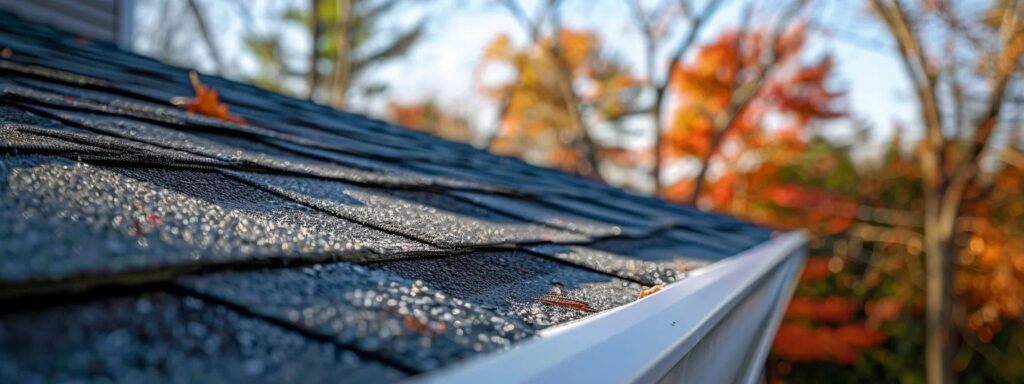
Recognizing early signs of rain gutter problems can prevent costly structural issues.
How to Spot Overflowing Water and Water Stains on Your Home?
Overflowinggutters during rain often result in water stains on siding, fascia, and even the foundation. Discolored areas or peeling paint, along with damp patches, indicate that gutters are not channeling water properly.
What Does Sagging Gutters Indicate About Maintenance Needs?
If your rain gutters look like they’re sagging, they’re probably carrying too much weight. That extra weight is likely the result of leaves, dirt, or even animal nests. And all that extra weight can lead to trouble for the gutters and the house. Why is there water near my foundation? It may be that the gutters are clogged, causing water to overflow. Or, maybe the water isn’t flowing evenly, so it collects in one spot and eventually pools near the foundation.
How Can Pest Activity Signal Clogged Gutters?
Increased insect activity, such as mosquitoes or termites near the eaves, indicates that organic debris is accumulating. Rodent nests or droppings near gutters further signal the need for cleaning to prevent infestations.
Why Are Ice Dams a Sign of Gutter Problems?
In cold climates, clogged gutters can lead to wateroverflowing, freezing, and forming ice dams along the roof edge. These ice dams force water back under shingles, causing leaks and potentially significant structural damage.
How Can You Clean Your Gutters Yourself? Step-by-Step DIY Methods
DIY rain gutter cleaning can be a cost-effective way to maintain your home if performed safely and correctly.
What Tools and Equipment Do You Need for DIY Gutter Cleaning?
Basic tools include a sturdy ladder, work gloves, a small scoop or trowel, a garden hose with a spray nozzle, and safety goggles. An extendable pole or wet/dry vacuum can help remove stubborn debris, while a bucket or trash bag keeps the work area organized.
What Safety Precautions Should You Take When Cleaning Gutters?
Use a stable ladder with non-slip feet and, if possible, have someone assist for added safety. Wear gloves, goggles, and non-slip shoes, and avoid working in wet or windy conditions. Ladder stabilizers and harnesses can further reduce risk.
What Is the Step-by-Step Process for Effective Gutter Cleaning?
- Secure the ladder and inspect the gutters and downspouts.
- Remove large debris manually using gloves or a scoop.
- Use a garden hose to flush out smaller particles.
- Check and clear downspouts with a plumbing snake or high-pressurewater if needed.
- Inspect for any damage or loose brackets and make minor repairs.
This systematic process ensures gutters function correctly and helps identify potential issues early.
What Are the Pros and Cons of DIY vs. Professional Cleaning?
I hope this post helped you decide between doing it yourself or hiring a professional. If you have any questions about this, please contact a professional rain gutter cleaning company.
When Should You Hire a Professional Gutter Cleaning Service?

Professional help is advisable for heavily clogged gutters, structural damage, or if you feel unsafe working at heights.
What Are the Benefits of Professional Gutter Cleaning?
Professionals use advanced tools to quickly remove blockages while minimizing water spills and damage. They also inspect for damage to downspouts, brackets, or the roof, and can offer routine maintenance plans to ensure peak performance.
What Can You Expect During a Professional Gutter Cleaning Service?
Expect an initial assessment followed by thorough debris removal using high-powered vacuums and water jets. Technicians secure loose hangers, repair minor damage, and test water flow. Often, they provide a report detailing any further needed repairs.
How Much Does Professional Gutter Cleaning Typically Cost?
Costs typically range from $150 to $300, depending on home size, debris accumulation, and extra services such as gutter guard installation. Many providers offer package deals and seasonal discounts.
How Do You Find a Reputable Gutter Cleaning Company?
Research local companies, read customer reviews, and ask for referrals. Look for providers with a proven track record, service guarantees, and full insurance coverage. Transparent pricing and a clear service plan are also key indicators of a trustworthy company.
What Are Gutter Guards and Other Preventative Measures?
Gutter guards reduce cleaning frequency by preventing debris from entering the gutters and provide a proactive defense against clogs.
What Types of Gutter Guards Are Available?
Options include mesh screens, foam inserts, reverse curve systems, and brush-style guards. Mesh screens block large debris while allowing water to flow, foam inserts fit inside the gutter, and reverse curve designs leverage water’s surface tension. Each type has its benefits and should be chosen based on compatibility and durability.
How Do Gutter Guards Reduce Cleaning Frequency?
By stopping leaves and twigs from entering the gutters, guards reduce organic buildup, extending the intervals between cleanings. This not only saves time but also minimizes the risk of overflow and water damage.
How Are Gutter Guards Installed and Maintained?
Installation involves securing the guards with clips, screws, or adhesive. Once in place, they require minimal maintenance—periodic checks after storms or seasonal changes ensure they remain clear and securely attached.
What Other Preventative Solutions Help Keep Gutters Clean?
In addition to gutter guards, trimming overhanging branches and using leaf blowers or high-pressure hoses after heavy leaf falls can prevent blockages. Regular professional inspections also help catch early signs of degradation.
What Tools and Equipment Make Gutter Cleaning Easier and Safer?

Using appropriate tools can make guttermaintenance safer and more efficient, reducing physical strain and ensuring effective cleaning.
Which Ladders and Safety Gear Are Best for Gutter Cleaning?
Opt for extension ladders with non-slip feet and stabilizers. Safety gear like gloves, goggles, and non-slip shoes are essential. For multi-story homes, consider fall arrest systems or harnesses.
What Are the Most Effective Gutter Cleaning Tools?
Manual scoops, small shovels, specialized attachments for pressure washers, and extendable poles with brushes are effective. A wet/dry vacuum can quickly remove debris from gutters and downspouts.
How Can Technology Improve Gutter Maintenance?
Modern devices like sensor-equipped cleaners, robotic gutter cleaners, and remote-controlled high-pressurewater jets enhance cleaning efficiency and reduce physical risks, making maintenance more precise and safer.
Table: Gutter Maintenance Overview
Before exploring further preventive measures, the table below summarizes key aspects of guttermaintenance.
| Issue | Common Causes | Tools Used | Prevention Methods |
|---|---|---|---|
| Water Damage | Clogged gutters, overflowing water | Scoop, hose, wet/dry vacuum | Regular cleaning, gutter guards |
| Foundation Erosion | Poor water diversion, persistent pooling | Pressure washer, plumbing snake | Proper grading, regular maintenance |
| Pest Infestation | Organic debris accumulation | Manual removal tools, leaf blower | Gutter guards, timely cleaning |
| Roof Leaks | Ice dams, trapped debris | Ladder, extendable pole | Inspections, proper insulation, repair |
| Clogged Downspouts | Build-up from leaves and twigs | Wet/dry vacuum, cleaning brush | Gutter guards, professional maintenance |
Frequently Asked Questions
Q: How frequently should gutters be cleaned in areas with heavy tree coverage? A: Areas with significant tree cover may need cleaning every two months during peak leaf-fall seasons, with inspections after heavy storms.
Q: What are the risks of not cleaning gutters regularly? A: Neglect can lead to water overflow, roof leaks, foundation damage, and increased pest infestations. Clogged gutters also contribute to ice dams in winter, worsening damage.
Q: Are gutter guards effective in reducing maintenance needs? A: Yes, they prevent debris buildup, potentially extending cleaning intervals by up to 50% and reducing overflow risks.
Q: What safety measures should be taken during DIY gutter cleaning? A: Use a stable extension ladder, wear gloves, goggles, and non-slip shoes, and work with a partner. Avoid working in poor weather conditions.
Q: When is it advisable to hire professional gutter cleaning services? A: Hire professionals if gutters are severely clogged, show signs of structural damage, or if you are uncomfortable working at heights.
Final Thoughts
Regular rain guttermaintenance is essential to prevent water damage, foundation issues, and pest infestations. Clean gutters protect the home’s structural integrity while enhancing curb appeal and market value. By adhering to a regular cleaning schedule, recognizing warning signs, and knowing when to use DIY methods or call professionals, homeowners can save on costly repairs and avoid emergencies. Effective upkeep ultimately ensures a safe, dry, and appealing home environment.
🔧 Gutter Maintenance & DIY Cleaning Tips
This Old House – How to Clean Gutters
Step-by-step guide for safely and effectively cleaning gutters.Family Handyman – Gutter Cleaning Tools
A roundup of the best tools to make gutter cleaning easier.Bob Vila – How Often Should You Clean Your Gutters?
Frequency tips based on climate and surrounding trees.
🏠 Preventing Water Damage
FEMA – Homeowner’s Guide to Retrofitting (Flood Protection)
Government resource with advice on protecting your home from water damage.EPA – Mold & Moisture Basics
Understand how water damage can lead to mold growth and health risk.
🧰 Professional Help
IICRC Certified Professional Locator
Find certified water damage restoration or cleaning professionals in your area.Angi (formerly Angie’s List) – Gutter Cleaning Services Near Me
Search for reputable gutter cleaning services by location.Nashville.gov – Stormwater Maintenance Tips
Local info for Nashville homeowners on drainage, flooding, and stormwater management.
Recent Posts
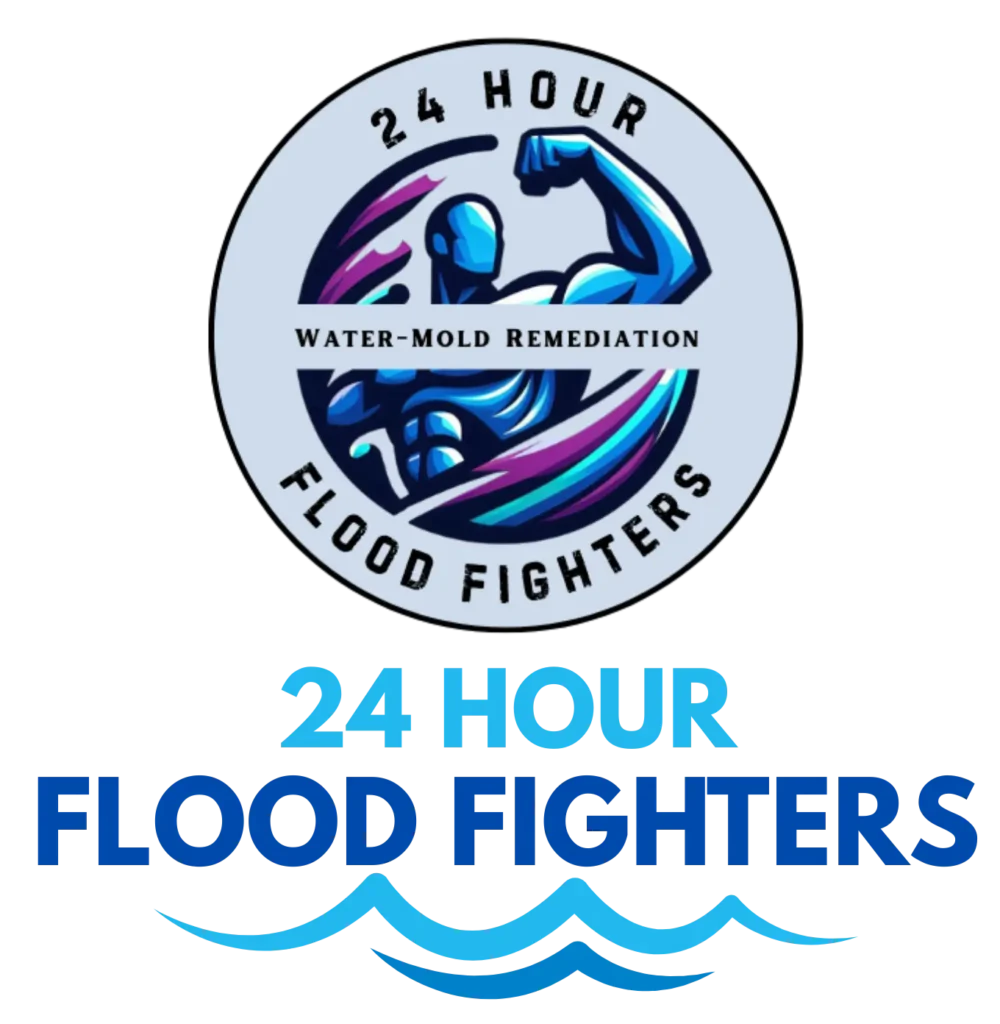
Restoring your home and peace of mind
GET IN TOUCH
Sun-Sat: 24/7
- 108 Astro Ct. ROCKVALE, TN 37153
- 615-359-9406
- info@24hourfloodfighters.com
EXPLORE
Licensed and Bonded
Privacy Policy / Terms of Service / Site Map
© 2025 24 Hour Flood Fighters, All Rights Reserved
